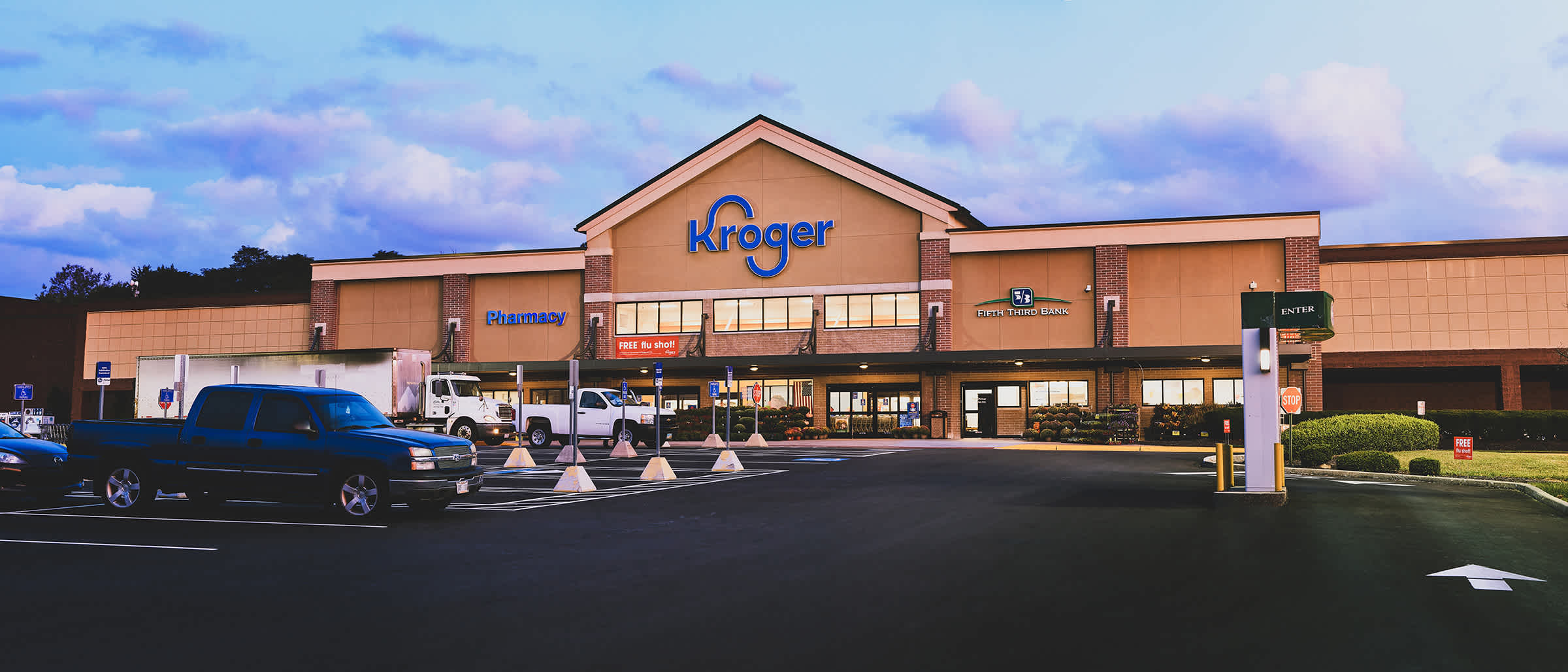
Optimizing store space with machine learning

How the Kroger Assortment & Space Recommender (KASpR) uses machine learning to make more impactful merchandising decisions.
Challenge
As customer needs evolve, retailers must address the space in their stores to accommodate those changes. Kroger wanted to ensure its stores were keeping up with the ever-changing ways customers shop by updating the layout and category space during remodels and other in-store projects. But the solution it had been using had some limitations due to the absence of item level data. As a result, the retailer could not account for specific assortment, diagnose the drivers behind the solutions’ recommendations, or place a monetary value to its predictions and recommendations.
Solution
Kroger leveraged 84.51°��’s Space Optimization science to develop store-specific predictions to determine the most strategic ways to allocate space. The Kroger Assortment & Space Recommender (KASpR) developed store-specific recommendations, along with additional supporting data, to encourage data-driven decision making, with the goal of maximizing total store value in each project.
KASpR uses a proprietary machine learning approach to help predict how category sales would deviate depending on which planogram is selected in a specific store, accounting for adjustments in both the available assortment and the facing count of items. Because constraints and opportunities vary by individual store, the optimization took store fixtures and size into account to ensure the ability to execute the given recommendations.
Results
While results depend on factors including how many stores and projects are involved, KASpR is estimated to help drive roughly $18 million of sales contribution annually through the updating of layouts and mapping during remodels.
And because store-specific sales-per-week predictions are available for all potential planograms in every store, having this data will allow additional projects and workstreams to utilize value predictions that are not just limited to what is currently in a store. KASpR data adds a predictive lens to the decision-making process that helps assure users they are making data-driven decisions that will help positively impact stores.
Visit our knowledge hub
See what you can learn from our latest posts.

![[DO NOT DELETE] 8451-PR header 4000x2000 shutterstock 2146084959 po](https://images.ctfassets.net/c23k8ps4z1xm/CUmZcselsJUhnLz6rQuj2/0e48394e72423bb1073bf8bb6cf75974/8451-PR_header_4000x2000_shutterstock_2146084959_po.jpg?w=328&h=232&fit=fill)